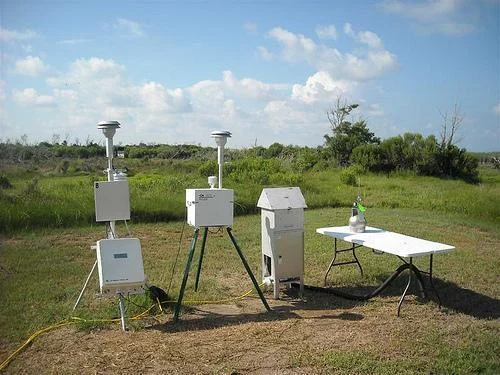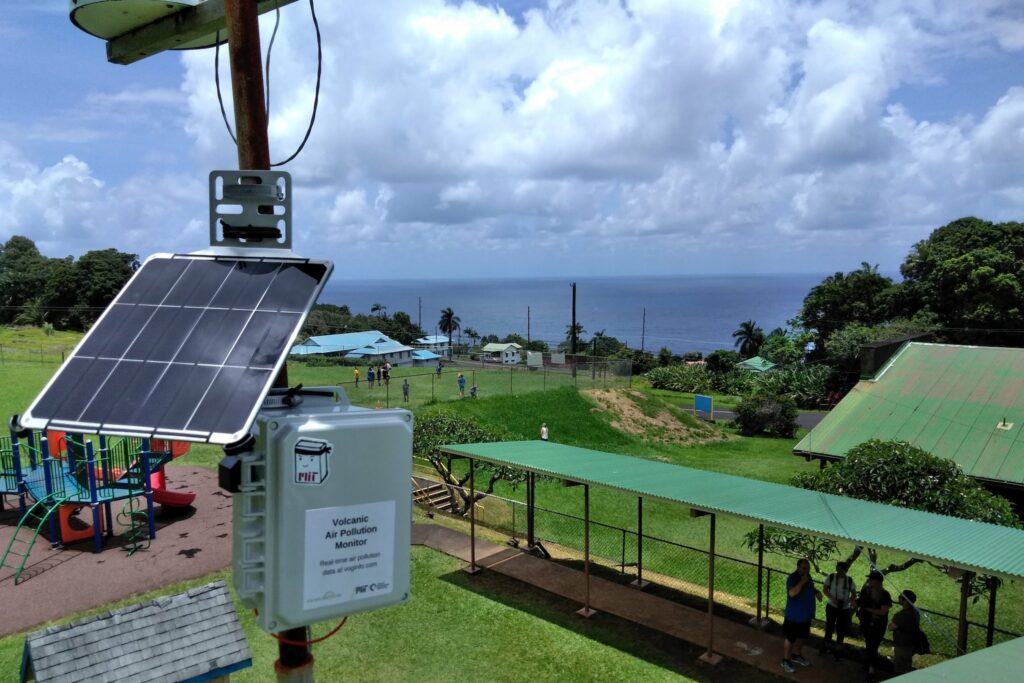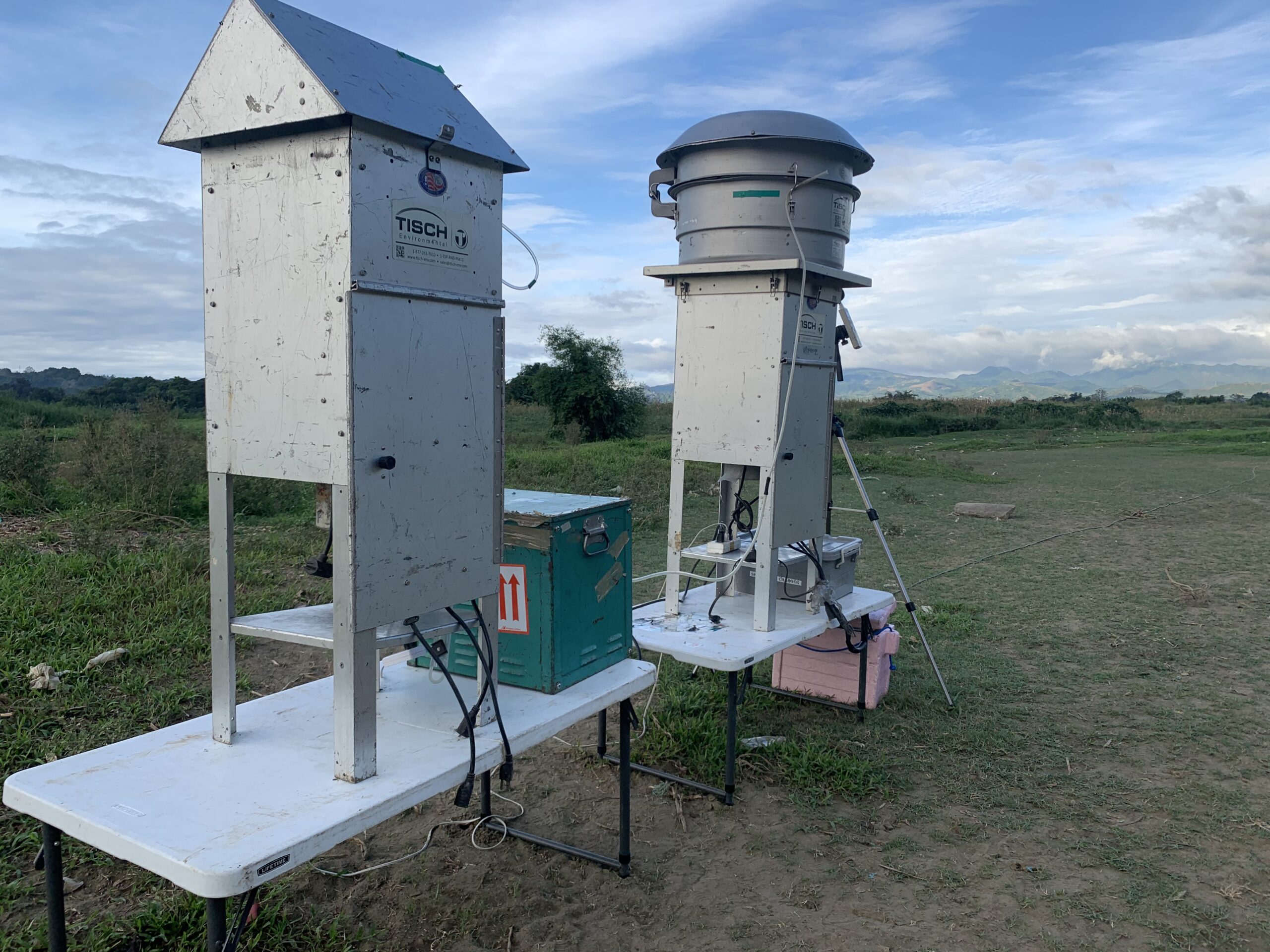The quality of the air we breathe is a crucial factor in our overall health and well-being. To ensure clean and safe air for communities, ambient air monitoring has evolved significantly in recent years. Innovations in technology and data analysis have revolutionized our ability to track and address air pollution. In this article, we will explore the cutting-edge innovations that are transforming ambient air monitoring and helping us clear the air for healthier living.

The Importance of Ambient Air Monitoring
Ambient air monitoring serves several vital purposes:
- Public Health: It provides critical information about air quality, helping individuals, especially those in sensitive groups, take protective measures during episodes of poor air quality.
- Regulatory Compliance: Monitoring helps governments and industries comply with air quality standards and regulations, reducing harmful emissions.
- Environmental Protection: It aids in assessing the impact of air pollution on ecosystems and natural resources, guiding conservation efforts.
- Data-Driven Decision-Making: Data collected from monitoring informs policymakers, enabling evidence-based decisions to improve air quality.
Innovations in Ambient Air Monitoring
- Sensor Technology
- Miniaturization: Advanced sensors are smaller and more affordable, making it possible to deploy large networks of air quality sensors in urban areas, providing real-time data at the neighborhood level.
- Low-Cost Sensors: These sensors offer cost-effective monitoring solutions for both individuals and communities, allowing for widespread participation in data collection.
- Data Analytics and Artificial Intelligence (AI)
- Big Data Analysis: AI and machine learning algorithms can process vast amounts of data from various sensors and sources to identify patterns, pollution sources, and trends in air quality.
- Predictive Modeling: AI can forecast air quality, helping residents and authorities prepare for changing conditions and take preventive actions.
- Satellite and Remote Sensing
- Global Monitoring: Satellites equipped with remote sensing technology can monitor air quality on a global scale, providing valuable data for large-scale assessments and international cooperation.
- Detailed Mapping: Remote sensing enables the creation of detailed air quality maps, helping identify pollution hotspots and sources.
- Drones and UAVs
- Mobile Monitoring: Unmanned aerial vehicles (UAVs) equipped with air quality sensors can fly over specific areas, providing real-time data for localized monitoring and emergency response.
- Inaccessible Areas: Drones can access hard-to-reach or hazardous locations, making monitoring more comprehensive.
- Crowdsourced Data
- Community Engagement: Crowdsourced air quality data, collected through smartphone apps and personal sensors, empowers communities to actively participate in monitoring and advocate for cleaner air.
- Data Validation: Crowdsourced data can complement official monitoring efforts, providing additional validation and coverage.

Benefits of Innovation
These innovations in ambient air monitoring offer numerous benefits:
- Real-Time Information: Sensors and AI provide up-to-the-minute air quality data, enabling immediate responses to pollution events.
- Increased Coverage: Low-cost sensors and crowdsourced data expand monitoring coverage, particularly in underserved areas.
- Early Warning: Predictive modeling and AI can forecast air quality, allowing residents and authorities to prepare for deteriorating conditions.
- Data-Driven Solutions: Detailed maps and data analytics guide targeted pollution control measures, reducing emissions and improving air quality.
Conclusion
Innovations in ambient air monitoring are transforming our ability to track and address air pollution. From low-cost sensors to advanced data analytics and satellite technology, these innovations empower communities, inform policymakers, and protect public health. By harnessing the power of technology and data, we can continue to clear the air, creating a healthier and more sustainable environment for generations to come.
As these innovations continue to evolve, it is essential for governments, industries, and communities to collaborate in using these tools effectively, implement pollution control measures, and advocate for clean air as a fundamental human right.
Frequently Asked Questions
Are low-cost air quality sensors as accurate as traditional monitoring equipment?
While low-cost sensors may have lower precision compared to traditional equipment, they can still provide valuable information, especially when deployed in large numbers to capture localized variations.
How can individuals access air quality data from sensors in their area?
Many governments and environmental agencies provide real-time air quality data online or through smartphone apps. Additionally, some low-cost sensors are designed for personal use and come with user-friendly apps.
What are some common sources of air pollution in urban areas?
Common sources include vehicular emissions, industrial processes, construction activities, energy production, and residential heating.
Can AI predict specific health effects of poor air quality?
AI can predict general health risks associated with air pollution, such as respiratory and cardiovascular problems, but it may not provide specific diagnoses for individuals.
How can communities use crowdsourced air quality data to advocate for cleaner air?
Crowdsourced data can be shared with local authorities and environmental organizations to raise awareness of air quality issues, advocate for policy changes, and prioritize pollution reduction measures.







